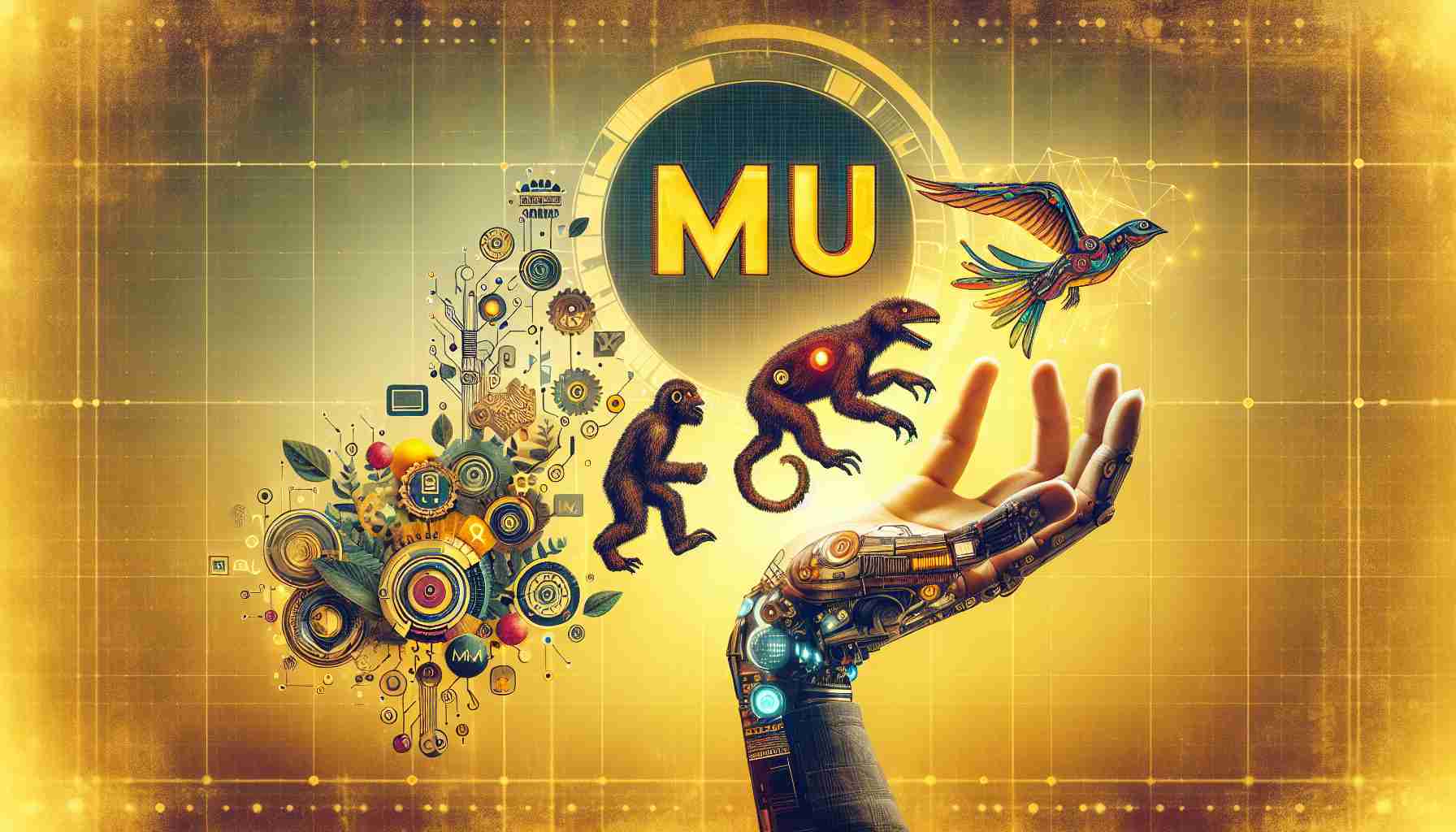- The concept of ‘mu’, rooted in Zen Buddhism, refers to “unasking” a question based on faulty assumptions.
- Integrating ‘mu’ into AI can redefine how systems handle ambiguous or ill-formed queries, encouraging users to rethink their questions.
- This approach promotes a more iterative and intelligent interaction with technology, enhancing information retrieval.
- The application of ‘mu’ in AI could significantly improve natural language understanding (NLU) by managing complex conversational dynamics.
- Leveraging ‘mu’ can mitigate miscommunication in digital interactions, fostering a more intuitive virtual assistant experience.
- Embracing ‘mu’ highlights the need for technologies that engage users in thoughtful discourse, leading to a nuanced digital future.
The English language, continuously evolving, is on the brink of a new lexical revolution with the concept of ‘mu’. Commonly known in Zen Buddhism, ‘mu’ represents the notion of “unasking” a question, suggesting the query is based on incorrect or faulty assumptions. Now, emerging technologies are poised to imbue this philosophical principle within digital communication, heralding a transformative shift.
In the realm of Artificial Intelligence (AI) and language processing, ‘mu’ could redefine how AI systems interpret ambiguous or ill-formed queries. Current AI models focus on providing answers based on existing data. However, by incorporating ‘mu’, these systems might first challenge the validity of a question, prompting users to rethink and refine their inquiries. This revolutionary perspective encourages a more iterative and intelligent interaction with technology, fostering deeper understanding and better information retrieval.
Furthermore, the integration of ‘mu’ can enhance natural language understanding (NLU) capabilities. By training AI to recognize and respond to ‘mu’, developers can create more intuitive virtual assistants proficient in managing complex conversational dynamics. This potential capability helps mitigate instances where digital interactions fail due to miscommunication or lack of context.
As we look to the future, embracing the essence of ‘mu’ within our linguistic toolkit could fundamentally alter our interaction paradigms. It underscores a growing need for technologies that don’t just answer but engage, refine, and enlighten—paving the way for a more nuanced digital future.
Could ‘Mu’ Be the Future of AI Language Processing?
Exploring ‘Mu’ in Language Processing
The integration of ‘mu’, a concept from Zen Buddhism, could revolutionize how AI systems handle ambiguous questions. As technology seeks to provide not just answers but insights, understanding ‘mu’ could alter how machines interpret and respond to human queries.
How Will ‘Mu’ Transform Artificial Intelligence?
1. What are the challenges ‘mu’ could solve in AI language processing?
‘Mu’ addresses the issue of ambiguity in AI inquiries. Traditional AI systems are designed to deliver answers based on available data, which often leads to misinterpretations when questions are poorly framed. Incorporating ‘mu’ would enable AI to identify and challenge the assumptions underlying a question, prompting users to reformulate their queries. This refinement process could greatly enhance the accuracy and relevance of AI responses, particularly in complex or nuanced situations.
2. How can ‘mu’ enhance natural language understanding capabilities?
‘Mu’ can significantly elevate natural language understanding by empowering AI with the ability to engage in more dynamic conversation management. By recognizing ‘mu’, virtual assistants can handle intricate dialog dynamics better, mitigating communication breakdowns stemming from misunderstandings. This leads to more fluid interactions, improving user satisfaction and the overall efficacy of digital communication tools.
3. What future developments could arise from the integration of ‘mu’ in AI?
The application of ‘mu’ in AI systems could drive innovations in various areas, particularly in the development of more intuitive, intelligent virtual assistants. This evolution could lead to the creation of platforms that don’t simply respond to queries but interactively help users refine their questions, leading to deeper insights and understanding. Over time, this could pave the way for more nuanced and context-aware digital environments, enabling smarter, more human-like exchanges.
Additional Insights
Incorporating ‘mu’ in AI is part of a broader trend towards smarter, more context-aware technologies. This shift not only impacts how machines interact with humans but also enhances overall user experiences by providing more accurate and contextually relevant information.
Relevant Links for Further Reading
– IBM
– Microsoft
– OpenAI



















